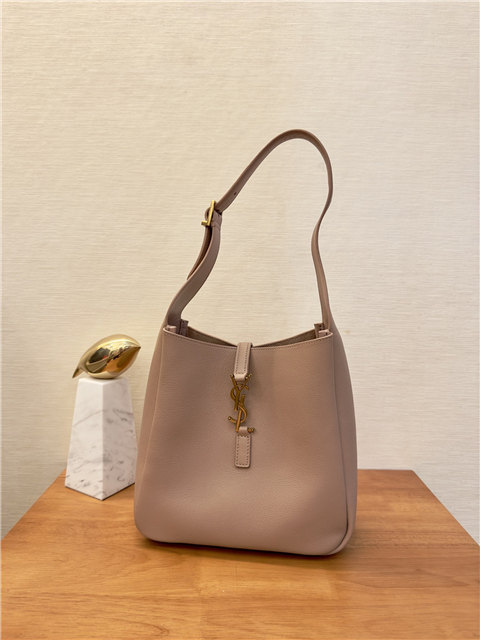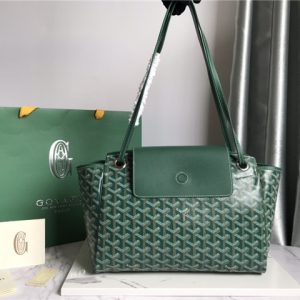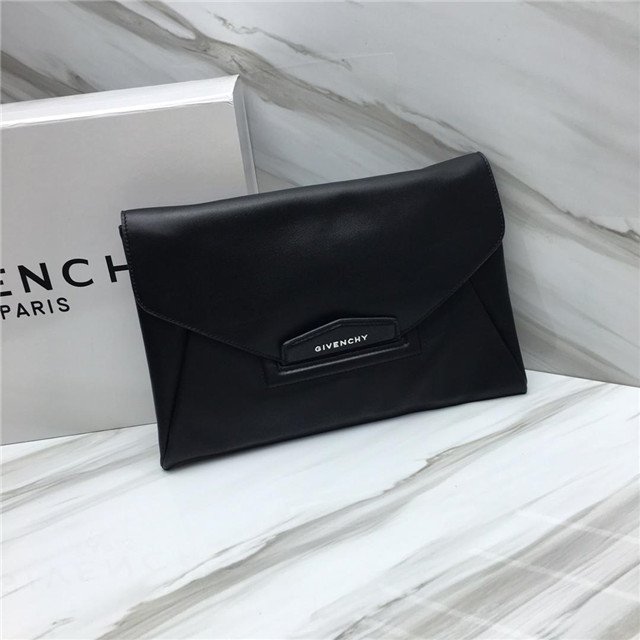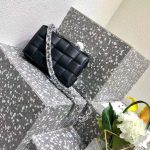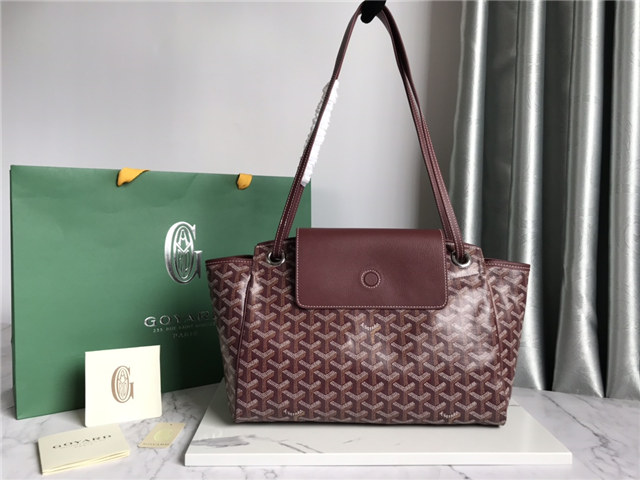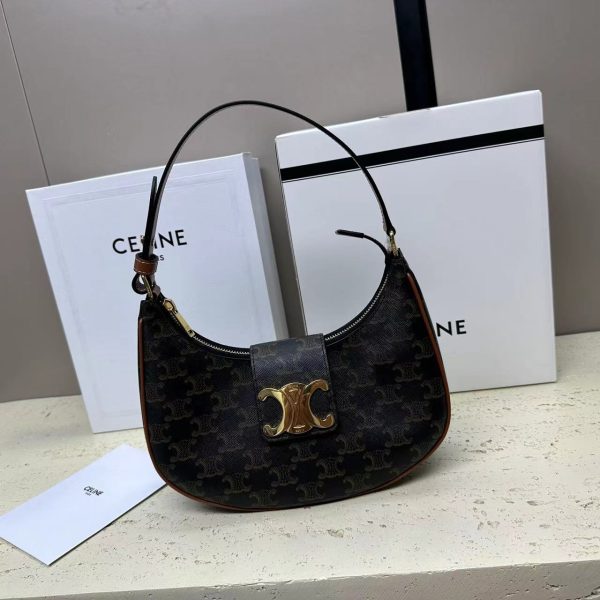So, you see all these ads online – “Super Clone ETA Movement!”, “Hublot Big Bang Original Steel Ceramic 41 mm!”, “Zebra Bang!”, even “Ceramic Caviar!” – and honestly, it’s a minefield. It’s easy to get sucked in. They promise the world: the look, the feel, the… *aura* of a genuine Hublot, but for a fraction of the price.
Now, I’m no expert. I’ve never actually owned a Hublot, real or fake. But I’ve done some digging. And what I gather is this: the replica game is *complicated*. Some of these “Super Clones” are supposedly pretty damn good. Like, close enough that only a watch geek with a loupe could tell the difference. Others? Well, let’s just say you might as well be wearing a plastic toy from a cereal box.
What’s the deal with the 41mm size, specifically? I guess it’s a good balance. The Big Bang can be a pretty hefty watch, and the 44mm (or even bigger) versions can look ridiculous on smaller wrists. The 41mm is like, the Goldilocks size, maybe? Not too big, not too small… Just right for flexing, but not looking like you’re trying too hard.
And the materials! You see “Carbon Fiber,” “Ceramic,” “Steel,” thrown around all over the place. It’s tempting to think you’re getting the same high-end materials as the real deal, but, uh, probably not. My gut tells me they’re using *something* similar, but probably not the exact same super-fancy stuff Hublot uses. I mean, they gotta cut corners somewhere, right? It’s kinda like buying designer clothes knockoffs. You get the look, but the fabric might be… different.
Honestly, the whole thing is a bit of a gamble. You might get lucky and snag a surprisingly good replica that lasts a decent amount of time. Or, you might end up with a piece of junk that falls apart after a week. It’s a risk.

